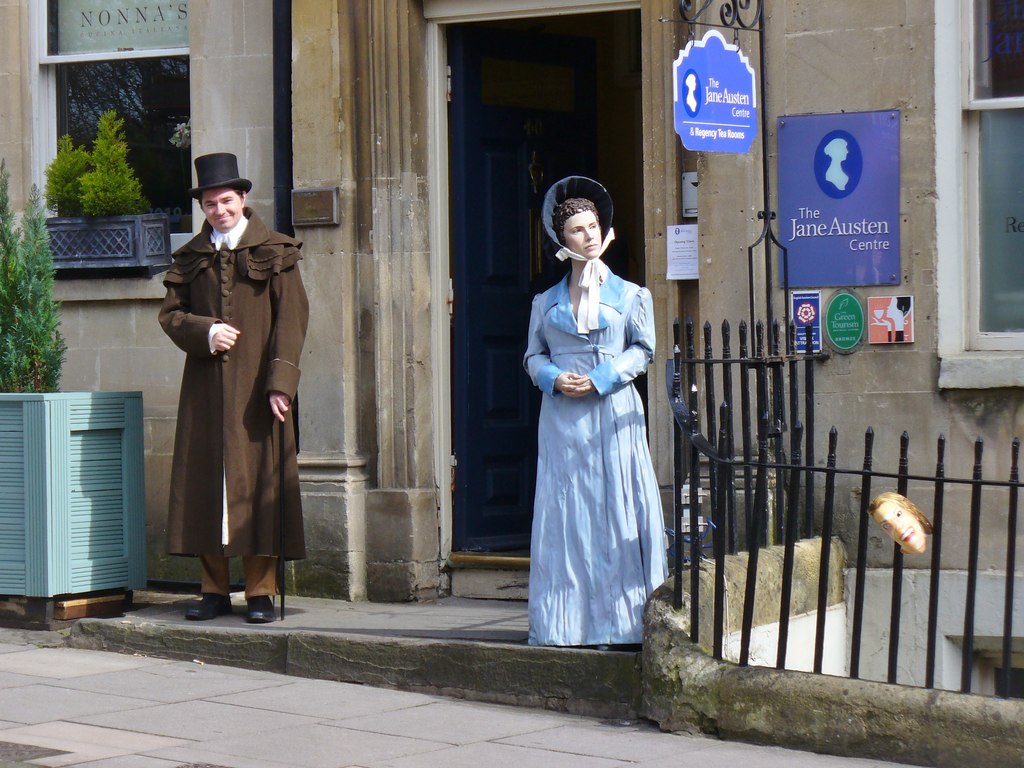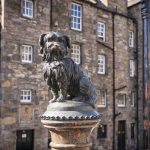Jane Austen, who lived in Bath for a number of years and knew it well, once asked ‘Who can ever tire of Bath?’. She was probably being ironic, for she had mixed feelings about the city and often raised a quizzical eyebrow over its ways. This post describes her connection to Bath, gives examples of the places where it features in her novels and explains where to find out more about her in the city today.
jane austen’s connection to bath
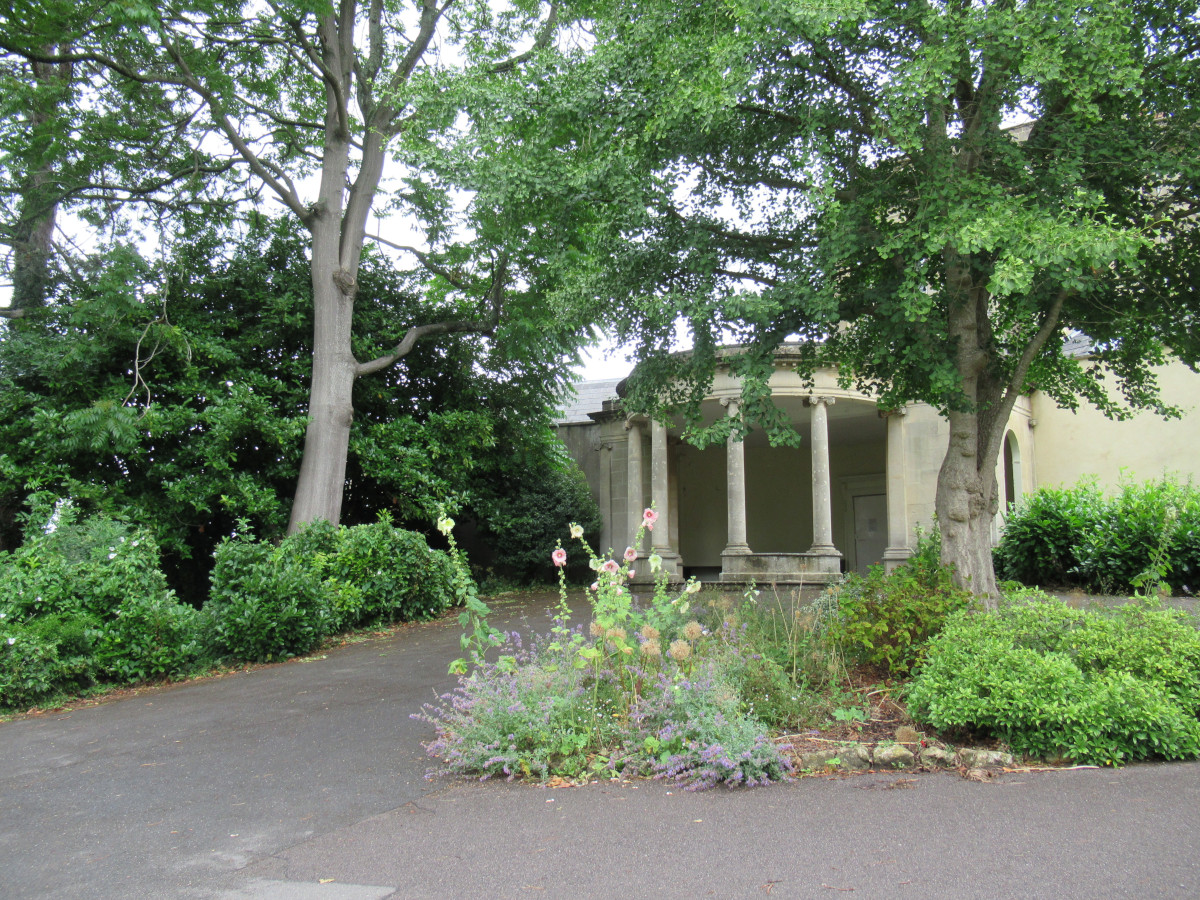
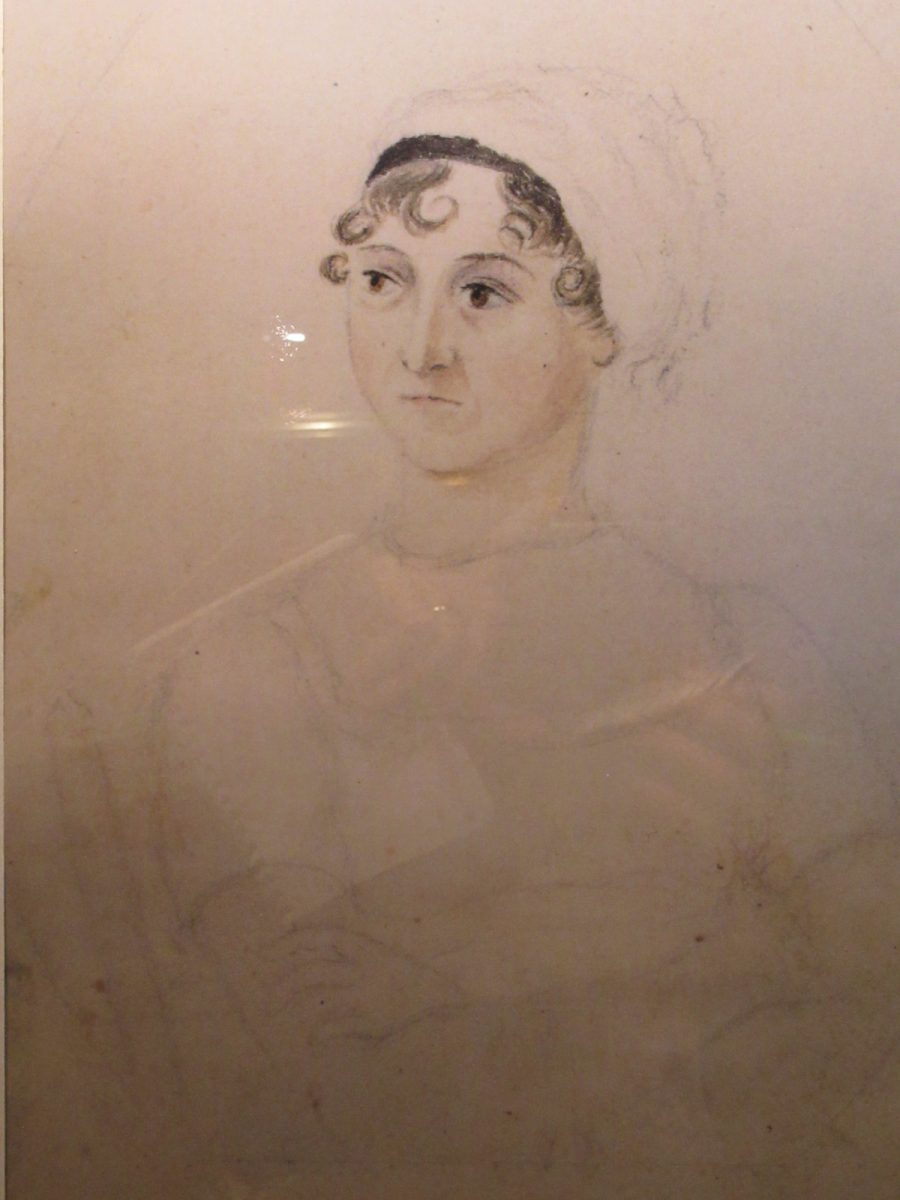

Jane was born in Hampshire in 1775 and lived there happily for 25 years. She is reputed to have fainted when her father told her the family was moving to Bath. They lived at 4, Sydney Place from 1801 and after her father’s death, they moved to Gay Street, before leaving Bath to return to Hampshire, an event she described in a letter to her sister Cassandra as giving her ‘happy feelings of escape’. Much of her published work was written after the Bath years, but she certainly used them to observe characters and events which would later find their way into her novels.
Bath portrayed in Jane Austen’s Novels
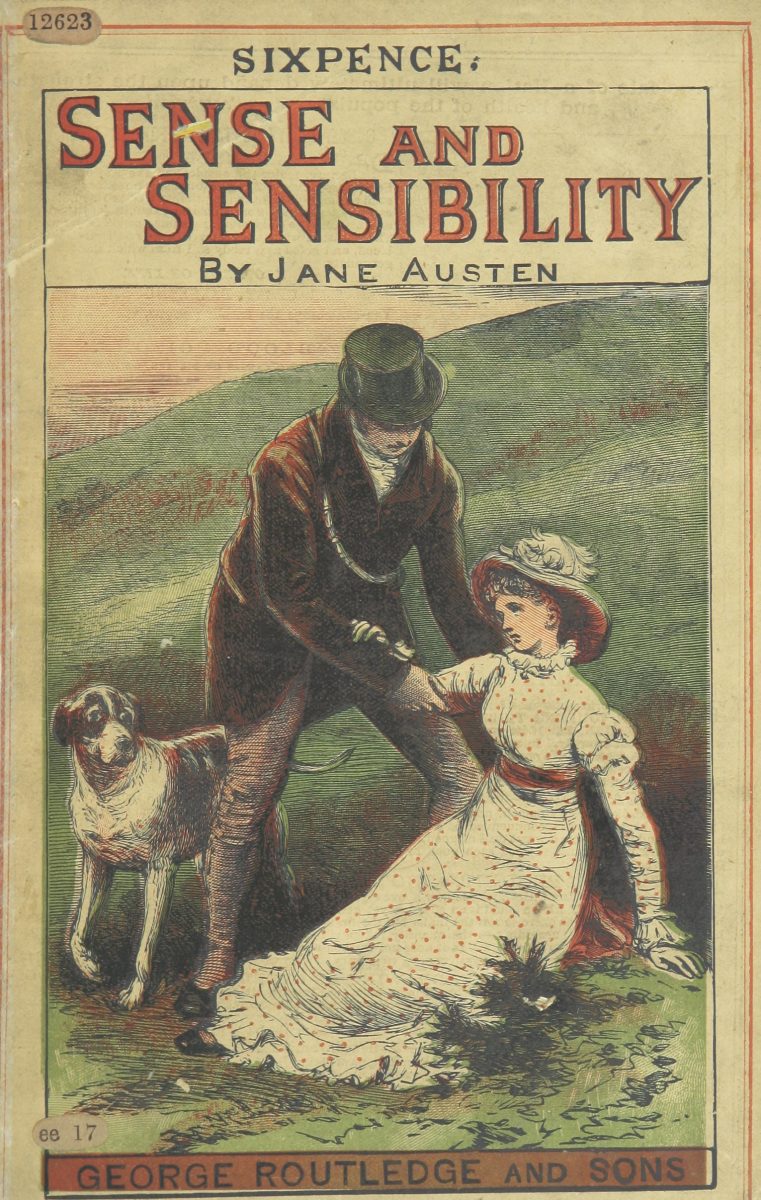
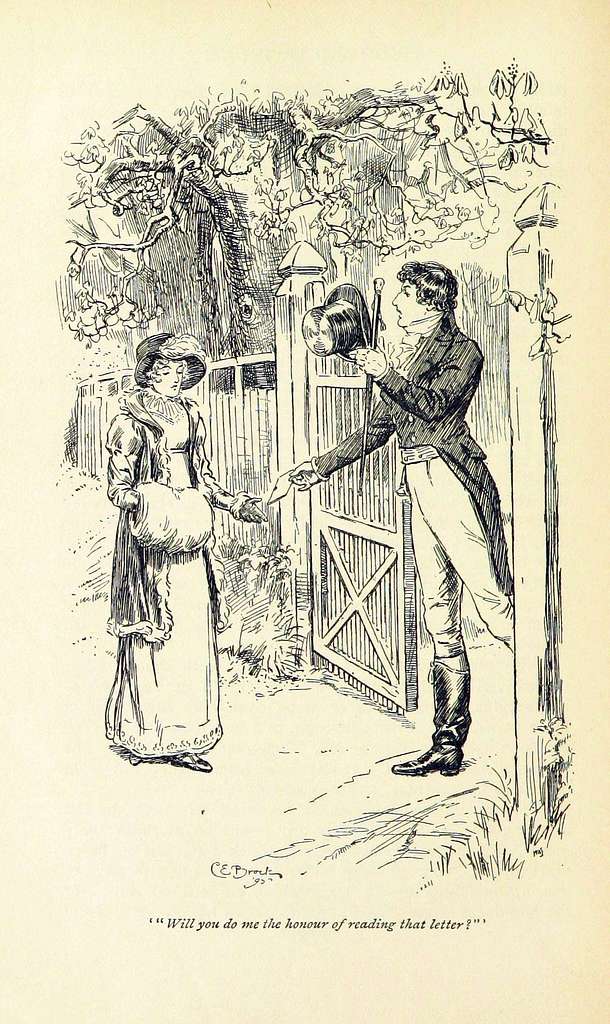
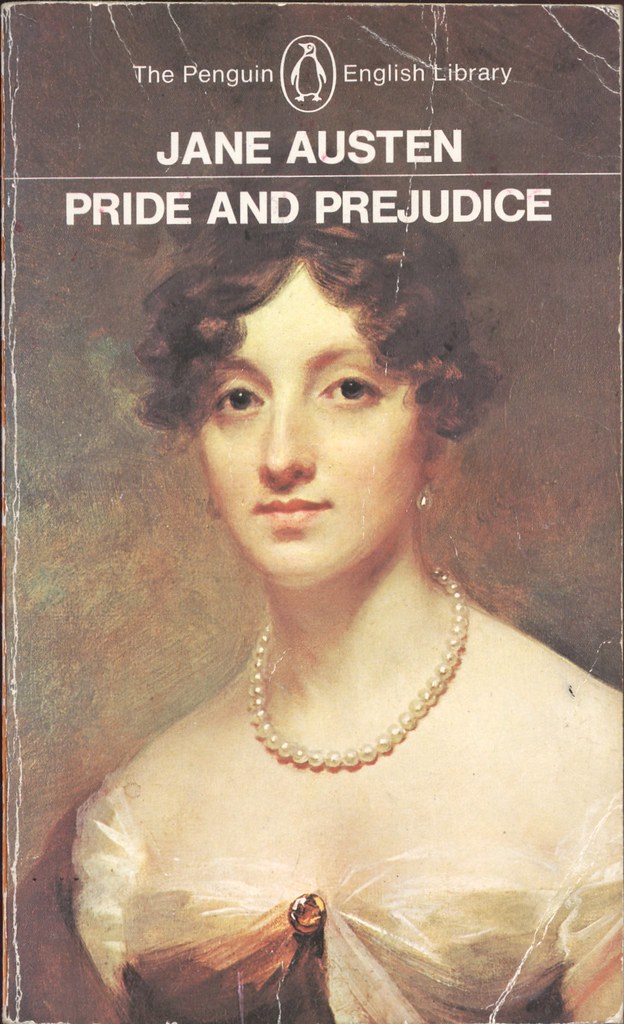
Jane finished her first novel, Lady Susan at the age of 20, and although she sold it to a publisher for £10, it was not published until after her death, retitled as Northanger Abbey. On her return to Hampshire, she began writing in earnest and in 1810 Sense and Sensibility was published at her own expense, followed over the next few years by Pride and Prejudice, Mansfield Park and Emma. Her two novels featuring Bath were both published after her death, Northanger Abbey from the early years of her writing and Persuasion, begun in 1815, two years before she died.
The views of Bath seen in Jane Austen’s work can often paint a less-than-idyllic picture. She describes it as a place for shallow, unserious people like Mr Wickham from Pride and Prejudice who sets off to Bath in order to escape his unhappy marriage and will, when he gets there, almost certainly ‘waste money he does not have.’ More seriously, it is also in Bath, in Sense and Sensibility, that Mr Willoughby seduces Eliza Williams, leaving her pregnant and with her life in ruins.
Northanger Abbey and Persuasion
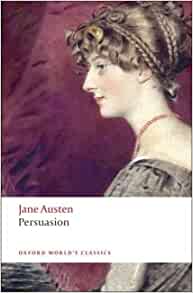
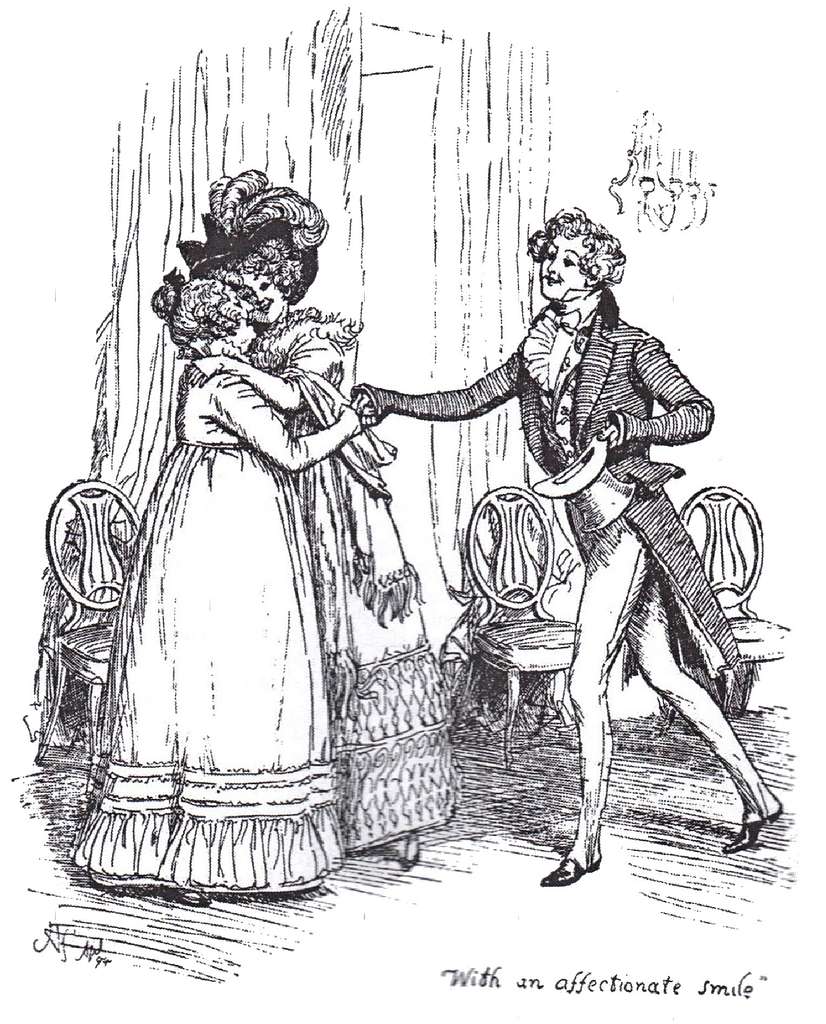

In Northanger Abbey, the young Catherine Morland arrives in Bath in great excitement, but in fact much of her visit revolves around trivia. In Chapter 3 we read that, just as every other morning, ‘shops were to be visited; some new part of the town to be looked at; and the Pump Room to be attended, where they paraded up and down for an hour, looking at everybody, speaking to no-one.’ When Catherine meets Henry Tilney, she summarises her evening outings at the Assembly Rooms on Monday, the theatre on Tuesday and a concert on Wednesday. He replies ‘For six weeks, I allow Bath is pleasant enough’ but beyond that it is the most tiresome place in the world.’
Written much later than Northanger Abbey, Persuasion depicts Bath after the Napoleonic Wars, now attracting fewer families with marriageable daughters and more elderly retired colonels and the like who come to the city for health reasons. When a character enquires ‘What, pray brings the Crofts to Bath?’ the answer is that ‘They come on the Admiral’s account. He is thought to be gouty’. The novel is in two parts and Bath features only in the second, when the impecunious Sir Walter Elliot rents out his country home and goes to Bath, inviting the heroine, Anne Elliot to visit him and his wife there.
A good illustration of the snobbery and social hierarchy at play is given when Mr Elliot tries to persuade Anne and her family to make the acquaintance of Lady Dalrymple, to whom they are distantly related. She is, he explains, in ‘the first set’ and family connections will help ‘fix’ Anne’s family ‘in that degree of consideration which we must all wish for.’ Anne – and surely this represents Jane Austen’s own view – says it vexes her ‘that we should be so solicitous to have the relationship acknowledged which we may be sure is a matter of perfect indifference to them.’
the jane austen centre


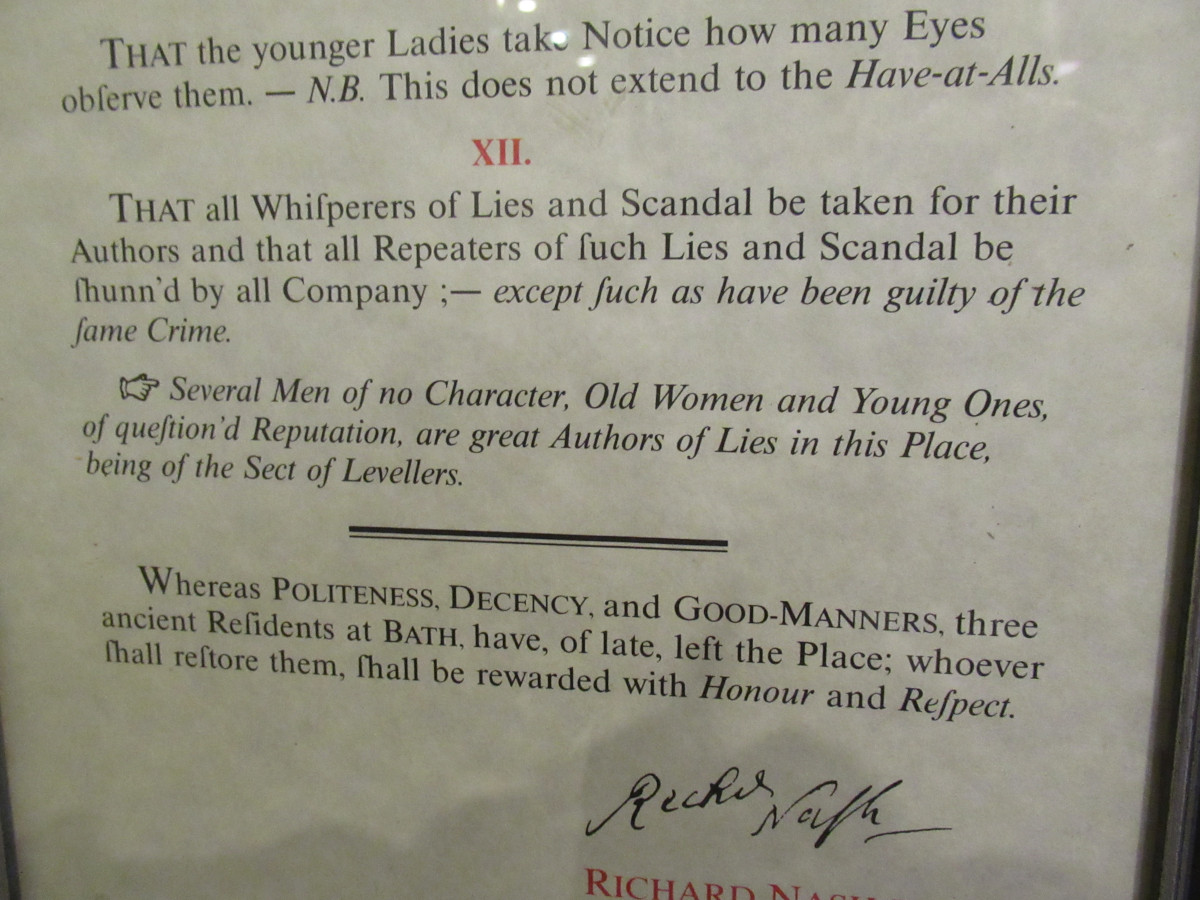
This delightful museum, in a Georgian townhouse in Gay Street, between the Circus and Queen Square is staffed by costumed attendants who will introduce themselves as characters from Jane Austen’s novels. It’s the place to learn all about life in the times when her novels are set. There are exhibits on the dancing, socialising and tea-drinking, along with opportunities to dress up, play Regency parlour games and try out a quill and ink. They also run a lively website where you can learn much more through quizzes and articles, some on in-depth topics such as the scandal caused when Jane Austen’s aunt was tried – and acquitted! – for theft.
more jane austen ideas in bath
The annual Jane Austen Festival runs for ten days, usually in September. The full programme includes some 80 events and draws visitors from far and wide.
A number of Jane Austen walks are available. You can download a free audio-guided walk – it takes about an hour and a half, longer if you stop off for refreshments. They also offer a list of other suggestions titled 10 Jane-y Things to do in Bath, including where to sleep in a 4 poster bed, enjoy a Regency tea or shop where Jane shopped ‘for trinkets and fripperies.’ Other options include Strictly Jane Austen Tours (two and a half hours) and a Jane Austen Walking Tour of Bath (a full day including stops for coffee, lunch and – of course! – afternoon tea.
Listen to the POdcast
Reading suggestions
Northanger Abbey by Jane Austen
Persuasion by Jane Austen
Jane Austen in Bath by Katharine Reeve
Jane Austen and Bath by Terry Townsend
links for this post
The Jane Austen Centre
The Jane Austen Festival
Jane Austen’s Bath Free audio-guided walking tour
Ten Jane-y Things to do in Bath
Strictly Jane Austen Private Walking Tour
Jane Austen Tours Private Walking Tour
Previous Episode A ‘Season’ in 18th Century Bath
Next Episode The Museums and Galleries of Bath
Last Updated on November 21, 2024 by Marian Jones

